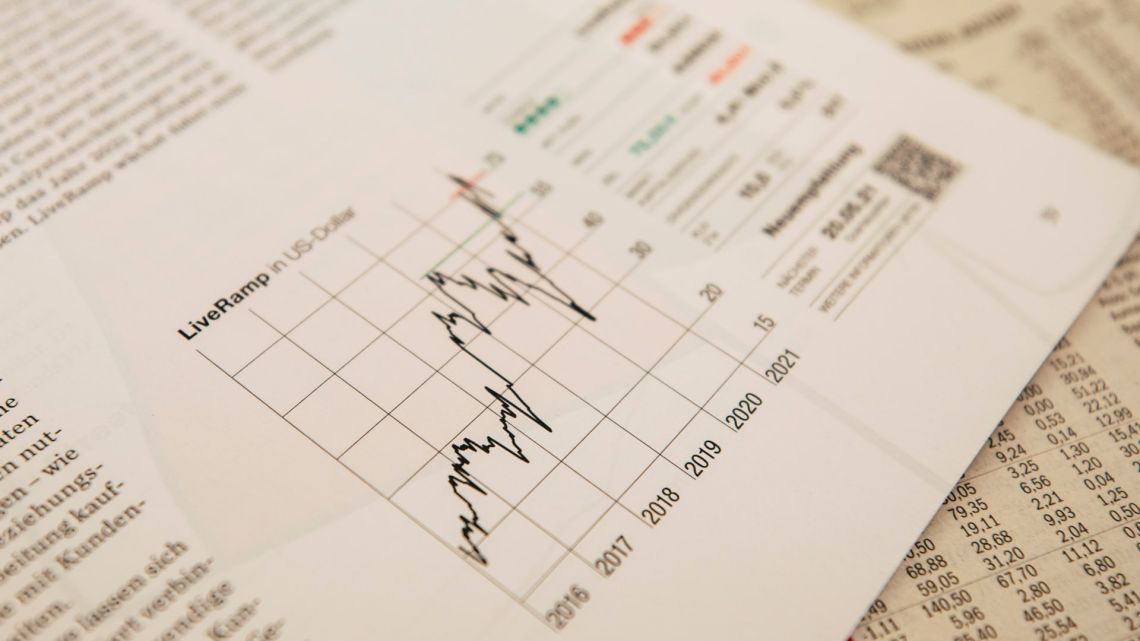
After an announcement by Saudi Arabia and Russia regarding the extension of supply cuts, oil futures saw a rise on Friday. This marks the sixth consecutive weekly gain for the market.
Price Action
- West Texas Intermediate (WTI) crude for September delivery (CL00, +0.29% CL.1, +0.29% CLU23, +0.29%) increased by 0.6%, or 50 cents, reaching $82.04 per barrel on the New York Mercantile Exchange. It is on track to achieve a weekly gain of 1.8%.
- The global benchmark, October Brent crude (BRN00, +0.32% BRNV23, +0.32%), also experienced a rise of 0.6% or 51 cents, trading at $85.65 per barrel on ICE Futures Europe. It is expected to witness a weekly increase of 1.5%.
- On Nymex, September gasoline (RBU23, +1.25%) observed a 1.4% rise, reaching $2.803 per gallon. However, it is experiencing a weekly loss of nearly 3%.
- September heating oil (HOU23, +0.16%) witnessed a 0.3% gain, trading at $3.084 per gallon and heading for a significant weekly jump of 4.6%.
- September natural gas (NGU23, -0.47%) slightly increased by 0.1% to $2.568 per million British thermal units, but it is anticipated to experience a weekly decline of 2.6%.
Market Drivers
Oil is set to finish the week on a positive note, recovering from a dip on Wednesday. The dip was a response to Fitch Ratings downgrading the U.S. sovereign credit rating from AAA to AA+, which had a negative impact on market sentiment. However, crude oil regained its stability when Saudi Arabia announced on Thursday that it would extend its 1 million barrel-a-day production cut through September. The country also warned that this reduction could potentially be extended further or intensified.
Russia also joined the effort and pledged to reduce exports by 300,000 barrels per day until September.
Since the beginning of July, OPEC+ supply cuts have led to a price increase of approximately $10 per barrel for Brent. According to Edward Gardner, a commodities economist at Capital Economics, the output of the 10 OPEC+ members with production quotas decreased from 23.4 million barrels per day in June to 22.6 million barrels per day in July. This drop was mainly driven by Saudi Arabia's 1 million barrel-a-day production cut, which came into effect on July 1.
Looking ahead, Gardner forecasts that Brent will reach around $85 per barrel by the end of the year. He believes that OPEC+ is committed to maintaining supply limitations. Additionally, he predicts a 2% year-over-year increase in global oil demand during the second half of 2023.
Oil Prices Expected to Remain Stable
The price of Brent crude oil is not expected to significantly increase beyond $85 a barrel in the near future, according to industry experts. This forecast is mainly attributed to the fact that global inventories have experienced a notable increase during the first half of the year. The rise in inventories is expected to offset the supply shortage that is likely to occur during the latter half of the year.
Analyst Gardner reports that, although the United States has witnessed a rise in inventories thus far and China seems to be stockpiling crude, the overall global inventory levels should help to stabilize oil prices. This information provides valuable insight into the potential future trends of oil prices.













Write Your Comment